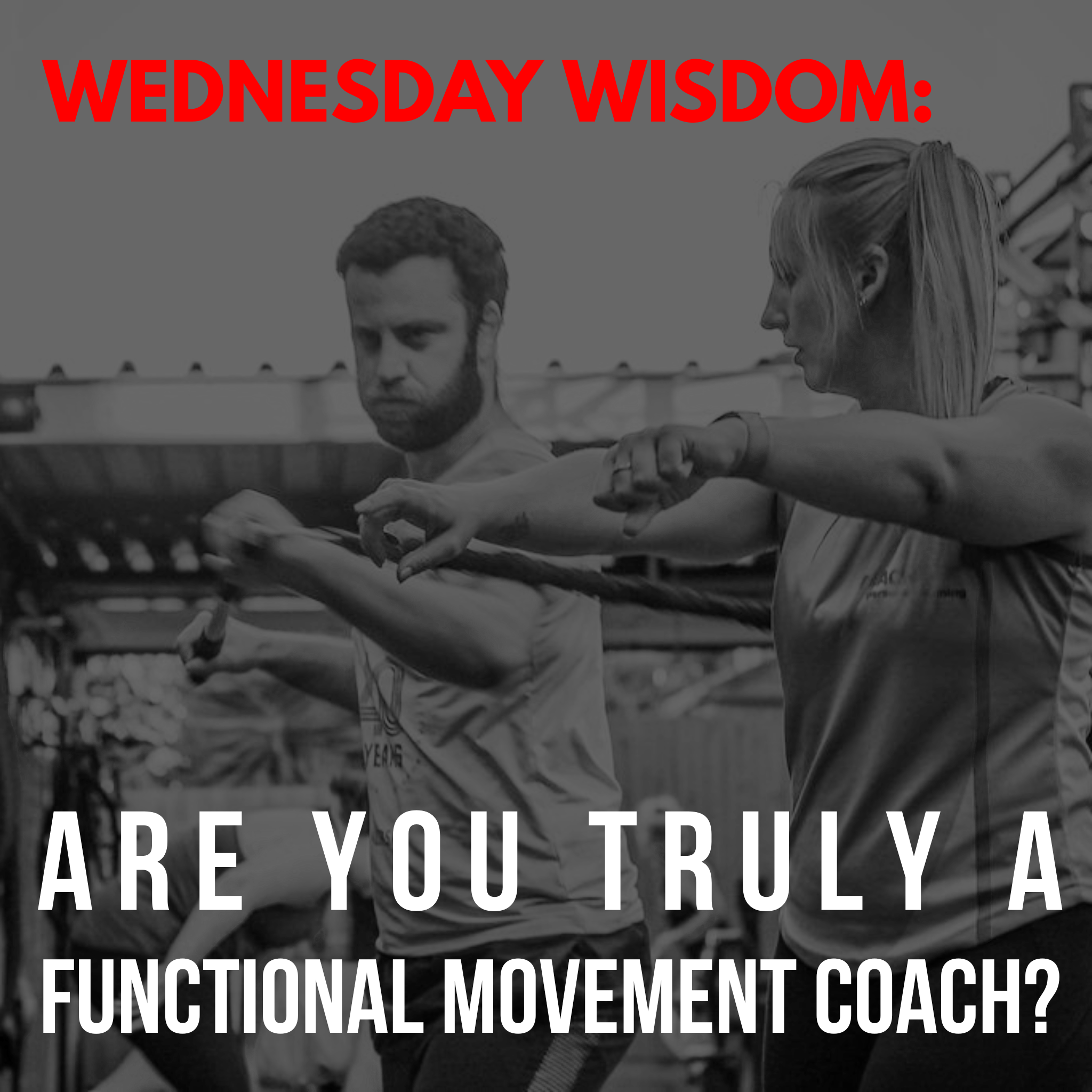Results from an audience poll to see what information you’re all keen to learn more about show that you’re all keen to focus on identifying and improving movement dysfunctions and injuries.
Why does it make me so happy that this is an area you want to grow?
Because in my opinion, I believe identifying dysfunction and improving movement quality is absolutely, 100%, without a doubt THE most important technical skill you need to have as a coach…
It’s more important than any strength or shred program you can put together…
Than any complicated exercise variation you can impress your clients with…
Than how much you smash your clients and push their limits.
Why?
Because without your ability to identify movement dysfunctions, improve movement quality and assist in rehabilitating injury all that other stuff means NOTHING!
All the strength and shred programs, the challenging workouts and the crazy exercise variations will be short-lived, ineffective and abandoned if pain (even just the fear of pain in some cases) or injury takes over.
Being able to identify movement dysfunctions, retrain movement patterns and assist to rehabilitate injury is the most important technical skill possess as a coach because it underpins everything else we do – if we’re not prioritising pain-free movement with our clients then we can’t do anything else uninhibited either.
As members of this group you have all made the decision to educate yourself in functional training and movement so you have more knowledge and skill when it comes to helping your clients (and yourself).
To me the term ‘functional training’ means we are training our body to be mobile, strong and uninhibited to function in our everyday lives as well as in any sport and exercise we choose to participate in.
To ask a series of difficult and somewhat confronting questions…
- Do you prioritise mobile, strong and uninhibited (pain-free) movement with your clients?
- Do you see some poor technique and movement quality in your clients’ sessions and choose to let it go because they’re lifting heavy or smashing at a high intensity – you think, “oh I’ll they’re on a roll, I’ll address that later” then never go back to it?
- Do you avoid giving your clients the muscle releases, the mobility work or the regressions you know they need because you know they don’t like it or you don’t want to bruise their ego?
If you’re answering “yes” to these questions, I want to ask you another question…
- Are you improving someone’s function or compounding their dysfunction?
If your answers were “yes” to the above questions, then you’re compounding dysfunction, not improving function for the long term.
**So in that case, can you truly call yourself a Functional Movement Coach?
**
Tuning in to your habits as a coach and realising you’ve actually been compounding your clients dysfunctions can be a very confronting thing, because we obviously get into this profession with the intention to help people improve their heath and smash their goals. So to realise we haven’t been living up to those intentions can sting a little.
So coaches, reflect on your habits and your priorities.
If your priorities have been out of alignment with your intention don’t beat yourself up, just make the decision to move forward with an adjusted lens so you ARE in alignment from now on
I have to regularly check myself to ensure I’m not getting carried away prioritising the fun stuff – the challenge of a workout, the advanced variations of exercises – over the technique and quality my clients are moving with.
I’d love to hear your honest reflections and thoughts in the comments (judgement-free, of course – no one is perfect!)…
Do you find yourself answering “yes” to any of those questions above?
Based on those reflections are there areas you can improve on to level up as a Functional Movement Coach?
For for Newsletter

